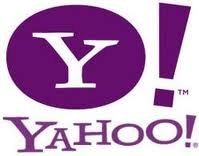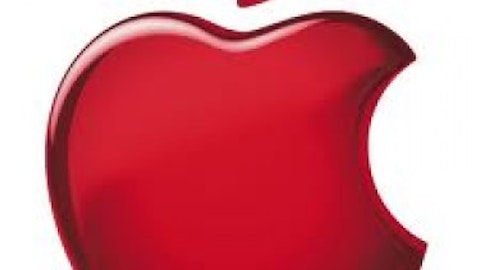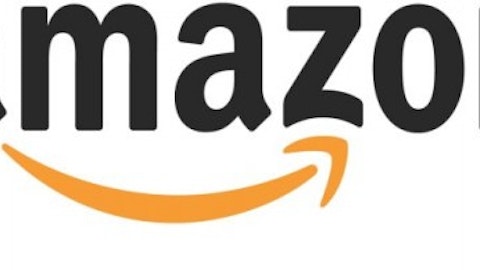Yahoo! Inc. (NASDAQ:YHOO)‘s $1.1 billion acquisition of Tumblr has been highly controversial on Wall Street. Aside from the typical “too expensive” argument, there are many who believe that Yahoo! is attempting to “buy cool” — and that it has failed. With more than 100 million users, it’s tough to argue whether or not Tumblr is “cool.” But we can determine whether Yahoo! Inc. (NASDAQ:YHOO) made a wise acquisition.
We’ll compare Tumblr to Twitter – another private company surrounded by IPO and acquisition talk. When valuing social media companies, we care most about revenue, mobile presence, users, its niche, and a company’s advertising platform.
A Side-By-Side Comparison
| Metric | Tumblr | |
|---|---|---|
| 2013 Revenue Expectations | N/A | $582 million |
| 2014 Revenue Expectations | $105 million* | $1 billion |
| Percent Incremental Mobile | 25% | 54% |
| Total Users/Subscribers | 117 million | 200 million |
| Advertising Platform | N/A | Sponsored Tweets |
| Niche | Misc | News |
| Valuation | $1.1 billion | $10 billion |
Source: SeekingAlpha, BusinessInsider, and The Wall Street Journal.
*Multi-year target per Yahoo! Inc. (NASDAQ:YHOO)
A “Plan” To Create Revenue
First, we have revenue. In 2013, Twitter is expected to double its annual revenue year over year. Once revenue reaches $1 billion annually, the company is expected to maintain an annual growth rate of about 40%.
Tumblr has not yet disclosed its annual revenue – but analysts assume that it is low. As of now, analysts are projecting that Tumblr could see annual revenue peak at $105 million.
This projection is based on Yahoo! Inc. (NASDAQ:YHOO) CEO Marissa Mayer’s $2.00 RPM (advertising rate) on 60 billion page views per year. This model, based on an advertiser paying $2.00 per 600 ad impressions, would be accurate, assuming there’s demand for Tumblr’s ad space.
Not Monetizing A Large Business
Right now, Tumblr has no advertising platform, and a shady reputation for X-rated content alongside its more mainstream subjects. SeekingAlpha writer Shelly Palmer summarized Yahoo! Inc. (NASDAQ:YHOO)’s acquisition of Tumblr by saying, “Yahoo! just acquired one of the world’s most popular porn sites. Nice!”
It’s tough to imagine P&G advertising laundry detergent on adults-only image blogs. Furthermore, Marissa Mayer was very dismissive of ads-for-porn during a CNBC interview following the acquisition. According to the interview, Mayer wishes to monetize Tumblr in the same way that all social media companies monetize their businesses – with companies advertising on the platform. X-rated content will make that more difficult.
With that said, Tumblr is diversified with having other content, such as art, books, music-related blogs. Thus, advertisers could be selective in where they advertise. My worry is that it won’t be successful. So far, we have seen Facebook (NASDAQ:FB), Twitter, Linkedin, etc. all avoid any and all X-rated content. Therefore, with X-rated content being a large part of Tumblr’s activity, it will be interesting to see whether the company can attract large advertisers for that space.
Maximizing Social Media Strengths
All effectively run social media businesses have an model that allows advertisers to target their particular niche audience. For example, most of Facebook Inc (NASDAQ:FB)’s $5 billion in annual revenue comes from advertising, because the company can guarantee advertisers an audience to the advertiser. And thanks to “Like” buttons, Facebook can even direct advertisers to those who may be willing to buy their product.
The internet search giant Google Inc (NASDAQ:GOOG) uses search to benefit its advertisers. With its platform, an advertiser’s ad will show up when a user types certain phrases, since those users might be looking for a service or product that the advertiser provides.
While Google and Facebook Inc (NASDAQ:FB) maximize their strengths, Twitter does the same with its promoted tweets. Over the last three years, Twitter has become known as a source of important and breaking news. Thus, Twitter lets advertisers make important posts reappear at the top of feeds – a highly successful initiative.






